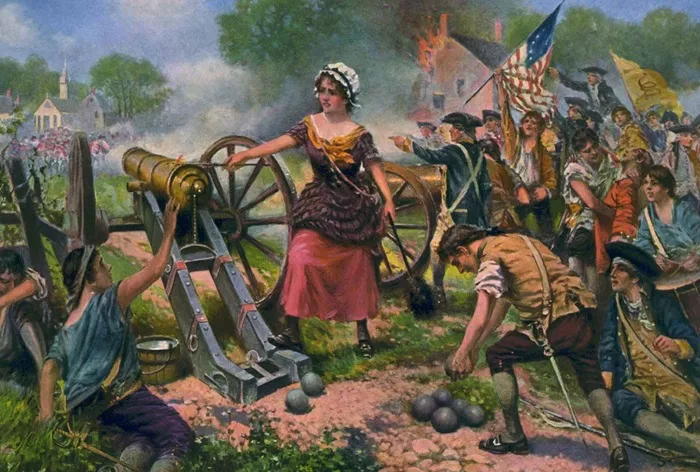Canada has a rich and diverse history, with many significant events occurring on February 15 throughout the years. From political milestones to cultural shifts, this date has played an important role in shaping the nation. Below is a detailed look at key historical events that took place on February 15 in Canadian history.
What Happened on February 15 in Canadian History?
1965: The National Flag of Canada is Officially Adopted
One of the most momentous events in Canadian history took place on February 15, 1965. On this day, the modern Canadian flag featuring the red and white maple leaf design was officially raised for the first time. Before this, Canada used the Red Ensign, which featured the Union Jack and the country’s coat of arms.
The idea for a new flag was first proposed in the early 20th century, but the movement gained significant momentum in the 1960s. Prime Minister Lester B. Pearson pushed for the adoption of a distinct national flag to unify the country and separate Canada’s identity from Britain. After heated debates in Parliament, the new design, created by George F. G. Stanley and John Matheson, was selected.
On February 15, 1965, the new flag was raised in a grand ceremony on Parliament Hill in Ottawa. This day is now celebrated as National Flag of Canada Day, marking a defining moment in the nation’s history.
1839: Lord Durham’s Report on the Affairs of British North America is Released
On February 15, 1839, Lord Durham’s report was presented to the British government. John George Lambton, the 1st Earl of Durham, was sent to British North America in 1838 to investigate the causes of the Rebellions of 1837-1838 in Upper and Lower Canada.
His report, formally known as Report on the Affairs of British North America, recommended several major reforms. He suggested the unification of Upper and Lower Canada into a single colony, which later became the Province of Canada in 1841. He also proposed responsible government, an idea that became a cornerstone of Canadian democracy.
Durham’s report was controversial, particularly his proposal to assimilate the French Canadian population into English culture. Despite this, his ideas influenced the political development of Canada and the wider British Empire.
1881: The Canadian Pacific Railway Act is Passed
The Canadian Pacific Railway (CPR) was one of the most ambitious infrastructure projects in Canadian history. On February 15, 1881, the Canadian Parliament passed the Canadian Pacific Railway Act, granting land, money, and other resources to support the construction of a transcontinental railway.
The CPR was crucial for Canada’s expansion. It connected the eastern provinces to British Columbia, ensuring the western province remained part of Canada instead of joining the United States. Construction of the railway was challenging, with workers facing harsh weather conditions and dangerous terrain. The project was completed in 1885, significantly transforming the country’s economy and settlement patterns.
1982: Canada Act Receives Royal Assent in the UK
February 15, 1982, marked a crucial step toward Canada’s full independence from Britain. On this day, the Canada Act 1982 received royal assent in the United Kingdom. This legislation paved the way for the patriation of Canada’s constitution, which previously required British approval for amendments.
The act was part of Prime Minister Pierre Trudeau’s efforts to establish a Canadian-controlled constitutional framework. Later, on April 17, 1982, Queen Elizabeth II signed the Constitution Act, 1982, officially transferring constitutional authority to Canada and introducing the Canadian Charter of Rights and Freedoms.
1915: The Beginning of the 2nd Canadian Division’s Training in World War I
During World War I, Canada played a significant role as part of the British Empire. On February 15, 1915, the newly formed 2nd Canadian Division began training in England. This division later took part in major battles, including the Battle of Ypres and the Battle of the Somme.
The training prepared Canadian soldiers for trench warfare, which they faced on the Western Front. The experiences of Canadian troops in World War I helped define Canada’s military identity and strengthened the country’s push for greater independence on the world stage.
1944: Canada Advances in the Battle of Monte Cassino in World War II
During World War II, Canadian troops fought in Italy as part of the Allied forces. On February 15, 1944, they were engaged in the Battle of Monte Cassino, a critical confrontation in the Italian Campaign. This battle aimed to break through German defensive positions and open the path to Rome.
Canadian soldiers fought alongside British and American troops, facing difficult terrain and well-fortified German positions. The battle was costly, but it contributed to the eventual liberation of Rome in June 1944. The efforts of Canadian soldiers in Italy demonstrated their courage and tactical skill.
2001: Canada Ratifies the Stockholm Convention on Persistent Organic Pollutants
Environmental issues have been a growing concern for Canada in the modern era. On February 15, 2001, Canada ratified the Stockholm Convention on Persistent Organic Pollutants, an international treaty aimed at reducing harmful chemicals in the environment.
The agreement targeted pollutants such as pesticides, industrial chemicals, and byproducts that pose risks to human health and ecosystems. Canada played a leading role in the negotiations, highlighting its commitment to environmental protection.
Conclusion
February 15 is a significant date in Canadian history, marking events that shaped the country’s political, military, and cultural landscape. From the adoption of the national flag to key moments in wartime history, these events highlight Canada’s resilience and evolving national identity. The day remains an important part of Canada’s historical narrative, reminding citizens of their shared past and the progress the nation has made over the years.
Related Topics:

